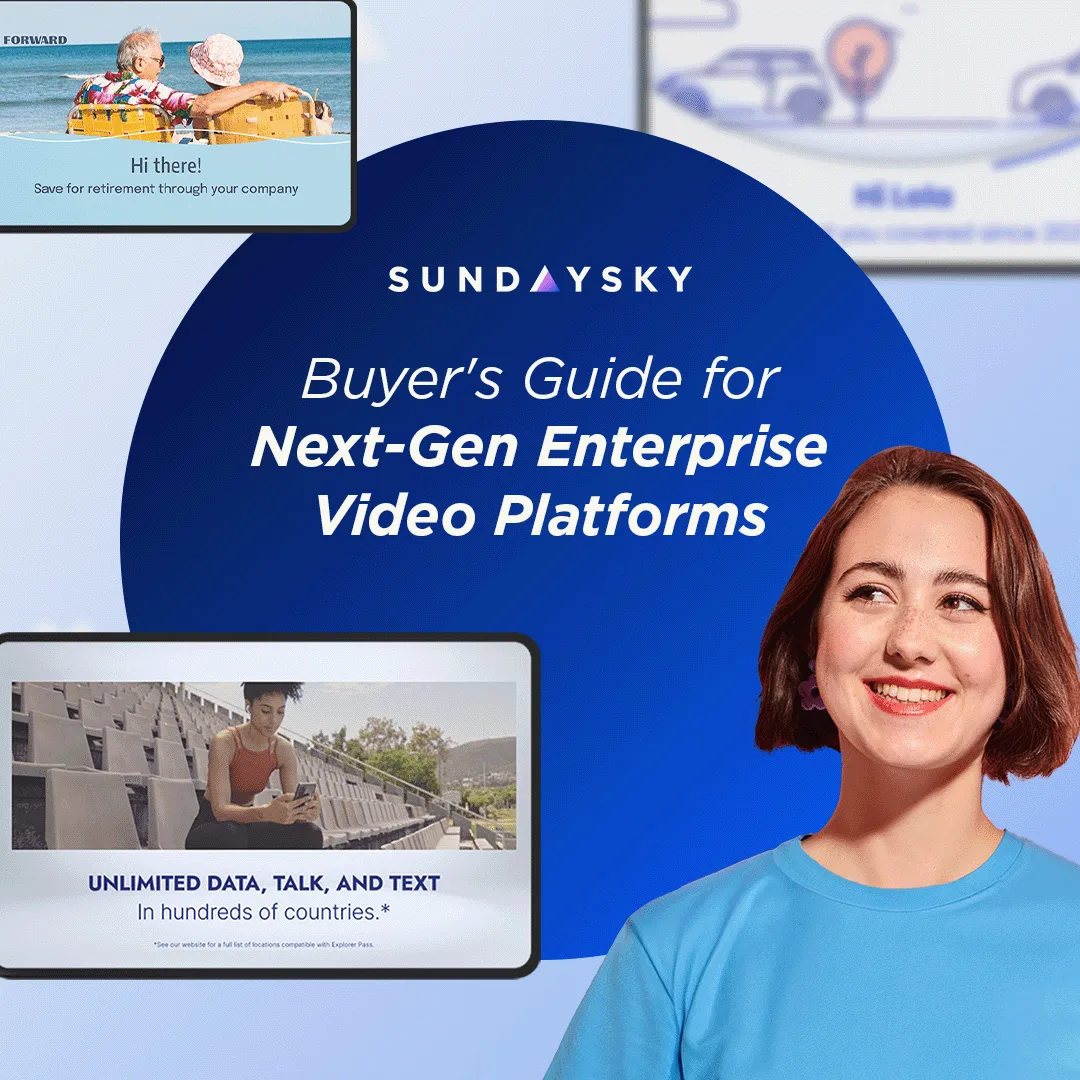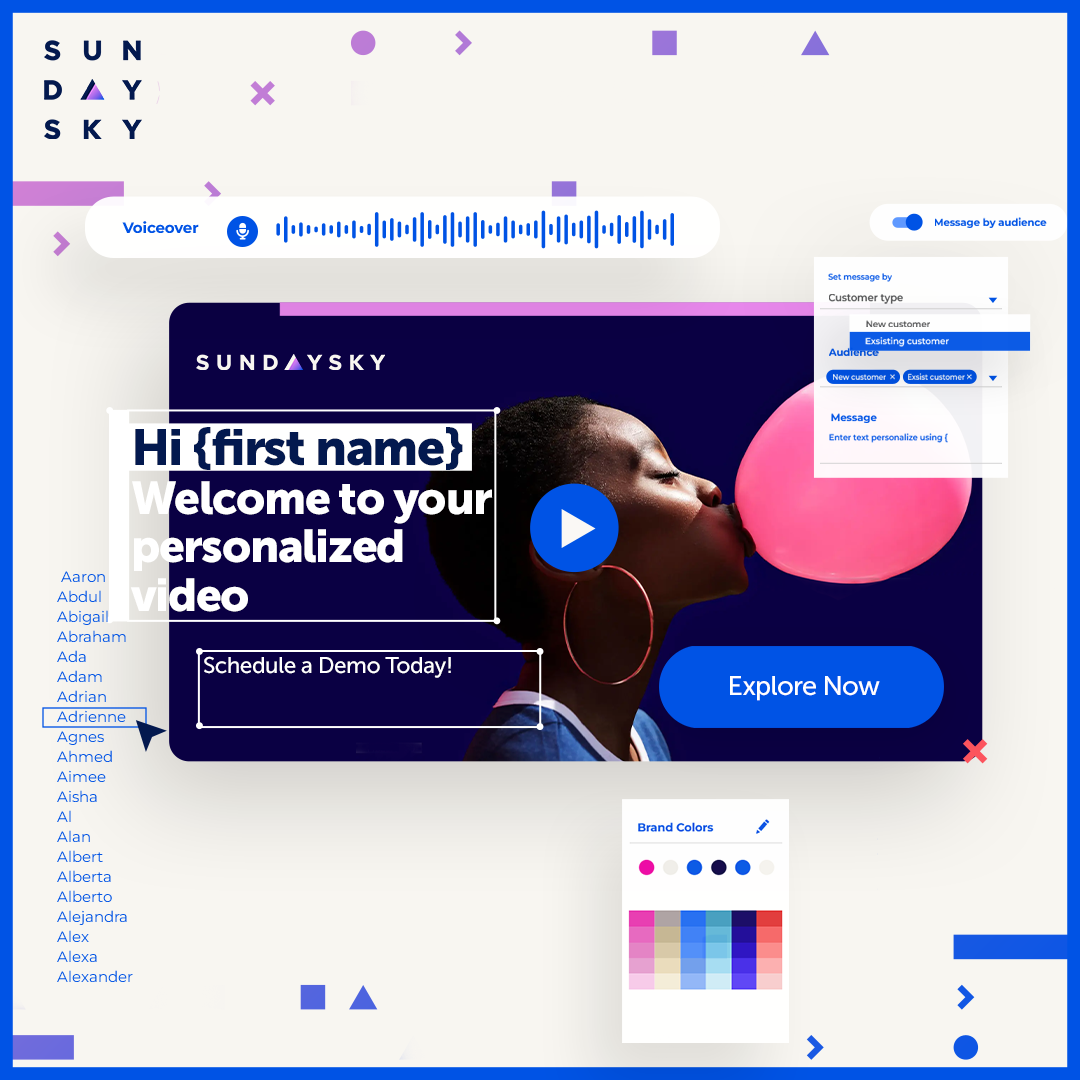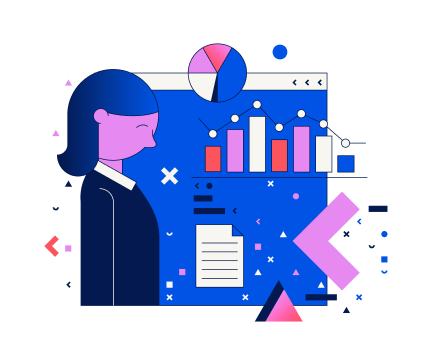As a marketer, you know how valuable a buyer persona can be. Such personas, which characterize behaviors, motivations, and demographics displayed by your customers, help marketing efforts become more targeted and personal. Therefore, every campaign put together and every loyalty-building email written with a persona in mind can be a game-changer. Yet, today’s empowered consumer recognizes the difference between marketing messages intended to sell a segmented audience and individualized messages, intended to solve specific problems in their individual lives.
When comparing personalization with segmentation, everyone loses
No doubt personalization’s origins are rooted in segmentation. Segmentation—the practice of developing buyer personas, via customer data and market research, and marketing directly to them—still results in blanket communications that only resonate with a small portion of recipients though. Your customers are individuals and want to be treated as such, rather than falling into categories determined by generic demographics.
Too often today we find brands checking the box on personalization when they simply add a consumer’s first name to a communication intended for a customer persona. With today’s technology advances and access to organized and structured data, these messages are quickly becoming trite as they lack contextual relevance and real value to the consumer. In short, they miss the mark on one-to-one individualization.
A mature personalized marketing approach, on the other hand, reaches consumers on an individual level. Rather than a segmented message that simply greets consumers by their first names, true personalized (or individualized) marketing is proactive, responsive, accurate and helpful—predicting and reacting to individuals’ wants and needs, while offering valuable information to engage and educate consumers.
Segmentation is one degree-point, not the sole needle, that leads you to the north star of true one-to-one personalization.
Smart marketing is a puzzle, not a fill-in-the-blank word game. Segmentation and individualization should not be compared together or viewed as one in the same; each is a critical tool for different stages in every buyer’s journey. Deploying each within a holistic strategy relies entirely on how customers are already reacting, engaging with, and responding to top-of-funnel marketing efforts. After all, we’ve all had an experience where marketing became too personal, too quickly—and the results were nothing short of creepy. (Remember when Target outed a pregnant teenager?)
Every customer data point collected should serve as an additional degree on your compass, rather than the directional needle itself. One singular customer data point can be misleading; information changes over time, just as customers’ interests and buying habits constantly shift. Segmentation is one degree-point, not the sole needle, that leads you to the north star of true one-to-one personalization.
Use segmentation as one data layer of many to reach individualization
Data defines your audience, so use it wisely: define your customers as individuals made up by collections of data segments. Repeatedly overlaying these data segments shifts your customers away from the wide-ranging buyer personas they once fit into, focusing instead on marketing to an audience of one. Create every message based on your customers’ ever-evolving, dynamic profiles, that can—and should—include layers of multiple data segments, such as:
- Customer segmentation and personas;
- Audience demographics;
- Products or services of interest;
- Customer’s current stage in the overall lifecycle;
- Historical behaviors and interactions; and
- Device, channel or medium on which the interaction takes place.
Interactions between your brand and a customer aren’t one-off exchanges. Each engagement is driven by all of these data layers that factor into your customer’s dynamic profile.
Using these layers of data helps create a 360-degree, comprehensive snapshot of your company’s relationship with an individual customer. From this foundation, you can spark a personalized, one-on-one conversation and provide a solution that truly benefits the customer – rather than lumping that user into a buyer persona and leaning back on messaging that feels stale and generic.
Learn more ways to reach an audience of one in our webinar, “Why you’re getting personalization wrong: The future of one-to-one engagement.”




